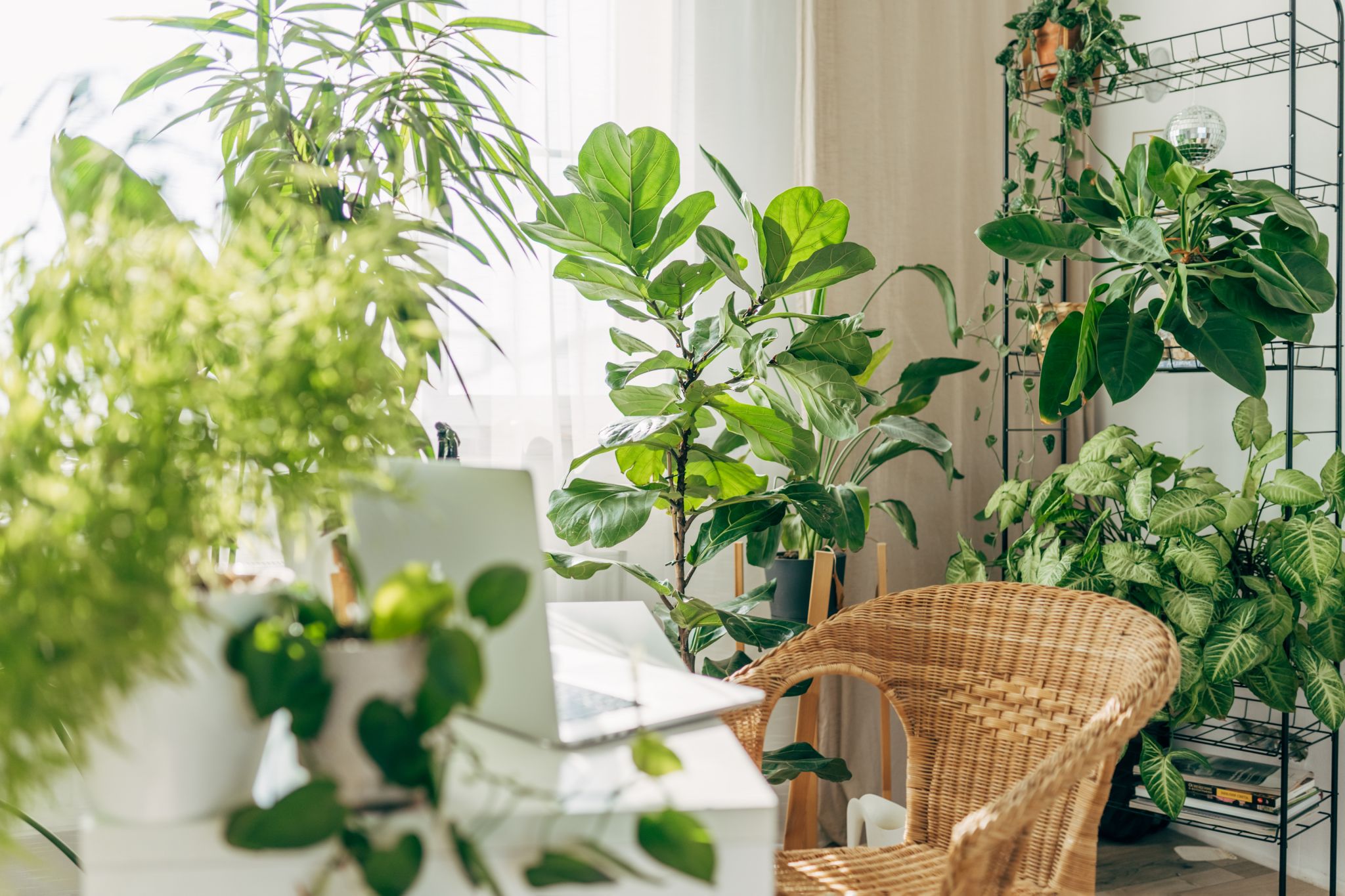Real talk: "JanuFeb" can be grim. The holidays are a distant memory, and now you have to slog through a barrage of dark, frigid days until spring makes its glorious appearance.
To escape that persistent winter funk, shake off that furry throw and take a trip to the garden center. Here are three great reasons to add houseplants to your home this winter:
#1 Plants Reduce Stress
Research suggests that plants have a positive effect on stress reduction, pain tolerance, and physical discomfort, but environmental psychologists aren't exactly sure why. It could be that plants simply make a room more colorful and attractive.
Or, an indoor brush with nature may provide the same natural high and stress relief people feel in the great outdoors. There's even a name for the phenomenon — biophilia (a love life and nature) — and entire buildings have been designed to recreate it.

Keeping all those green guys alive is good for you, too. Research has shown taking care of plants can increase a sense of well-being and reduce stress.
#2 They Add Moisture to the Air
Furnace heat and air conditioning can reduce indoor humidity, especially in the winter. That dry air can not only make your skin itch, but also increase your chances for catching a bug like a cold or the flu. Plants release about 97% of the water they take in, according to Bioadvanced.com. If you place several plants together, you can increase the humidity of a room, and that helps keeps respiratory issues at bay, the website says. In fact, a study reported by WebMD found that a collection of spider plants boosted the relative humidity in a bedroom from 20% to 30%.
Many rainforest plants, with their large, broad leaves, offer more humidifying effect, according to Gardening Know How. They include ginger, Asplundia, Monstera, and Ficus benjamina.
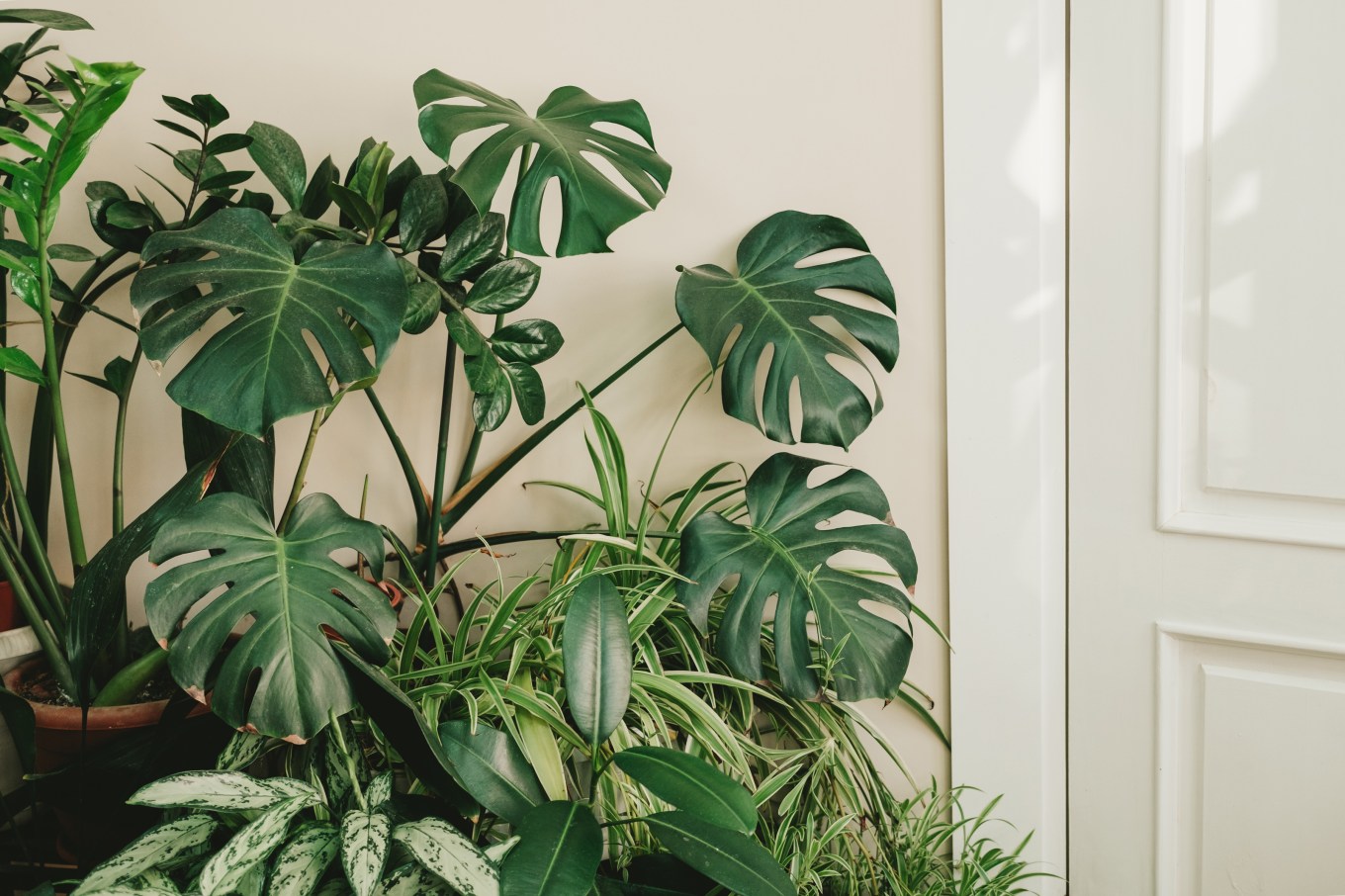
#3 Houseplants Can Beat the Blues
Best of all, having a houseplant (or a dozen!) can boost your mood in winter months. Here are some great choices:
Anthuriums. These beautiful flowering plants are super easy to care for. "They do need a decent amount of light, but they bloom consistently — especially during the February-March doldrums," says Rebecca Bullene, founder of Greenery NYC, a botanic design company experienced in indoor plant installations and living plant design.
"They're big and beautiful. Those with red, pink, or white flowers are most common."
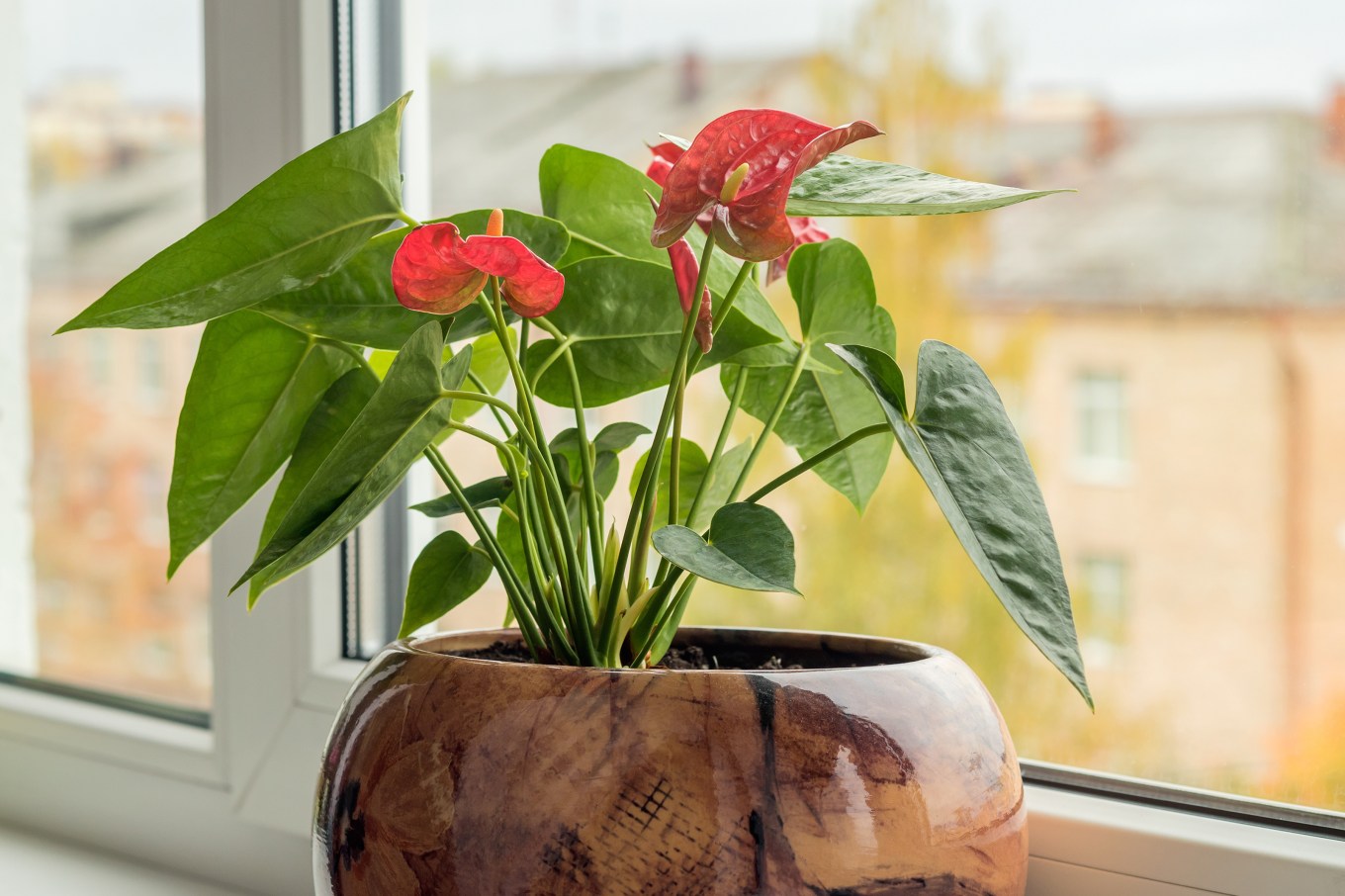
Ferns, particularly the Kimberly Queen (Nephrolepis obliterata) and Boston (Nephrolepis exaltata) varieties. "They need a bit more water and a decent amount of light, but they put a lot of humidity back in the air and will help make your space comfortable," Bullene says.
Plus, the Kimberlys are a little easier to care for than the average fern. "If you forget to water for a day or two, they won't crash out," she says.
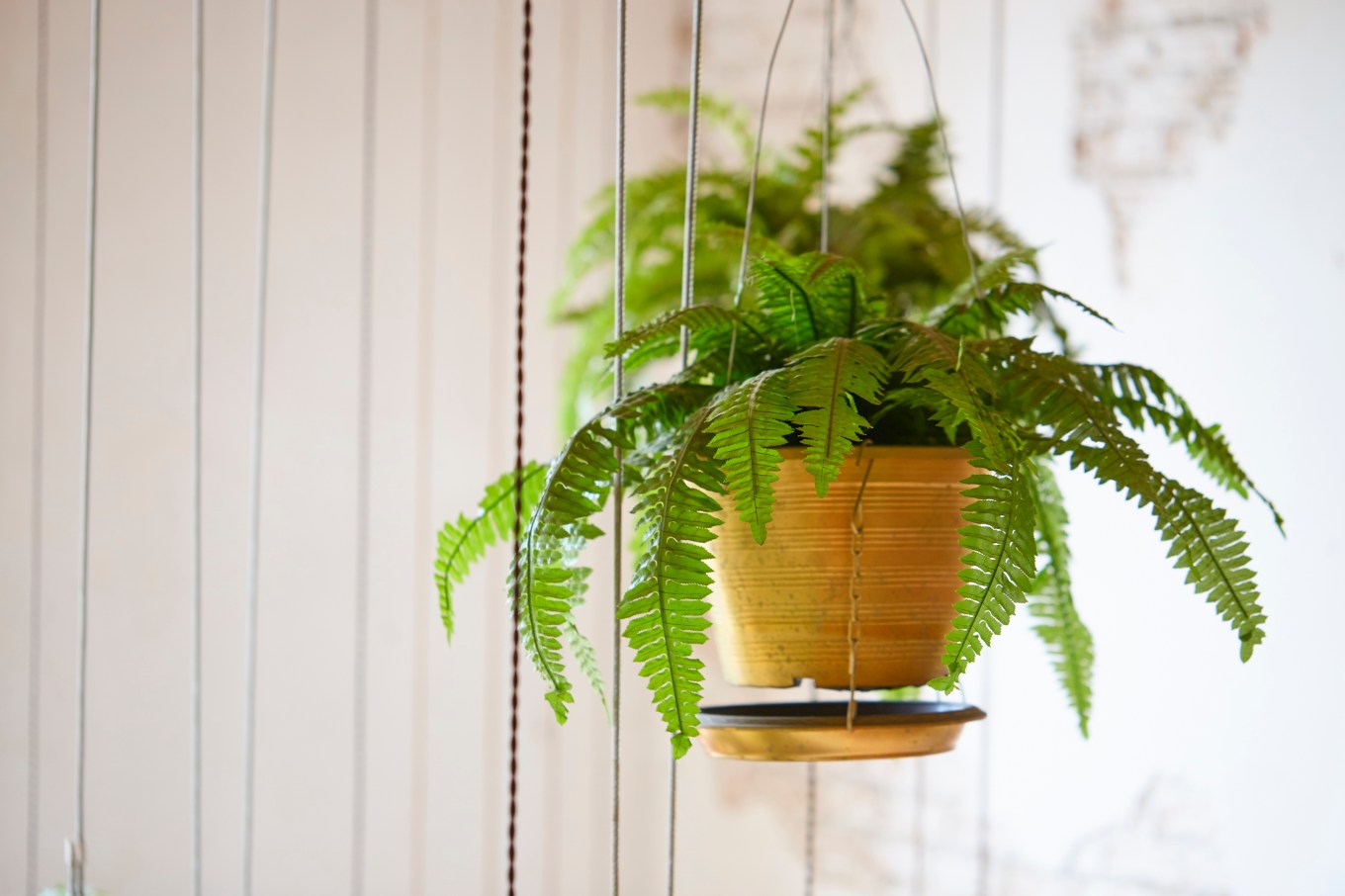
Chinese Evergreen (Aglaonema modestum). This hardy plant can handle the low light of winter. "It can be in a dark corner and still look amazing," Bullene says. "The blackest of thumbs can take care of this plant."
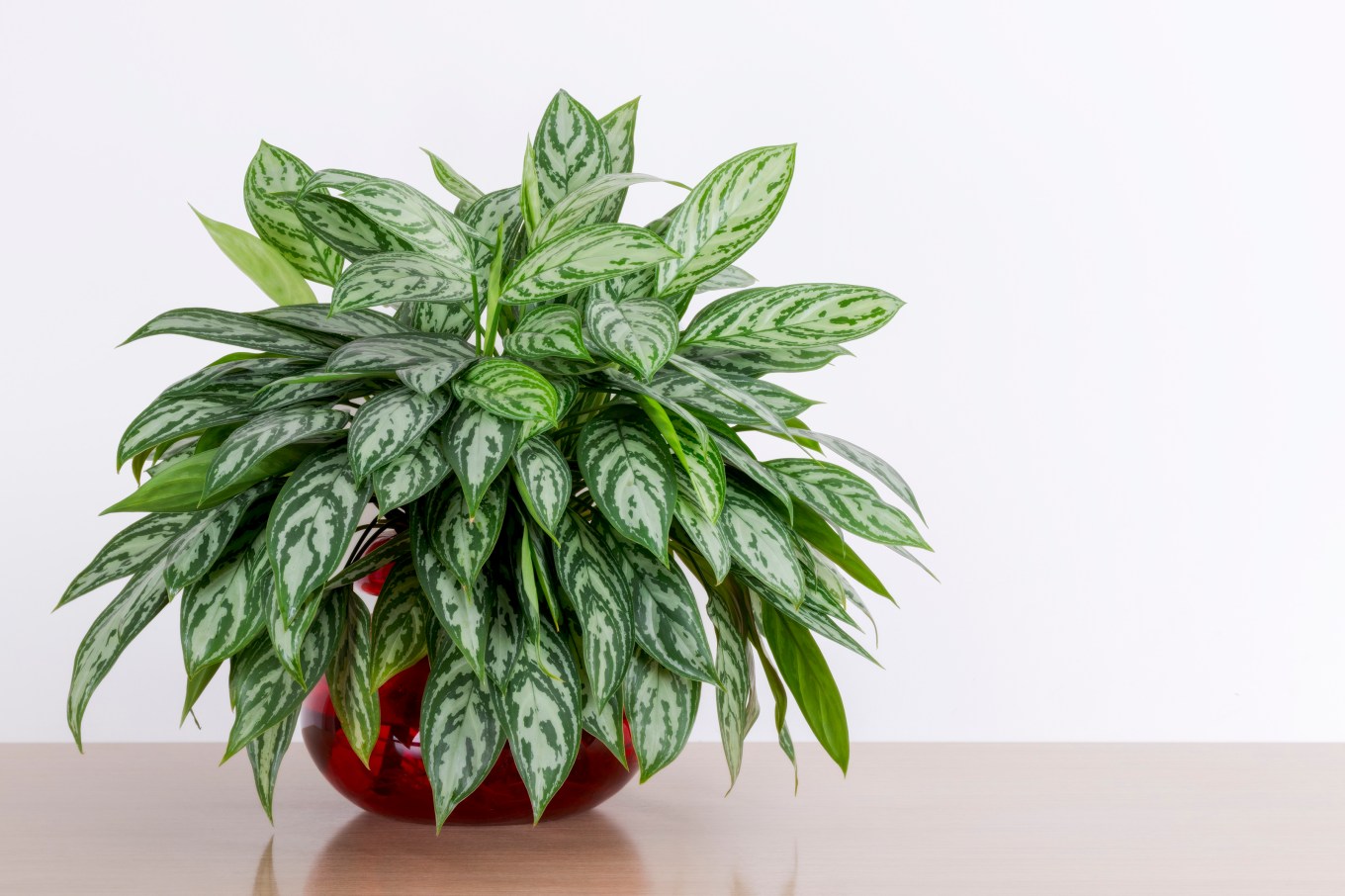
Golden Pothos or Devil's Ivy (Epipremnum aureum). This plant is also a hardy one that's hard to kill. Bullene recommends it for people with less experience with plants.
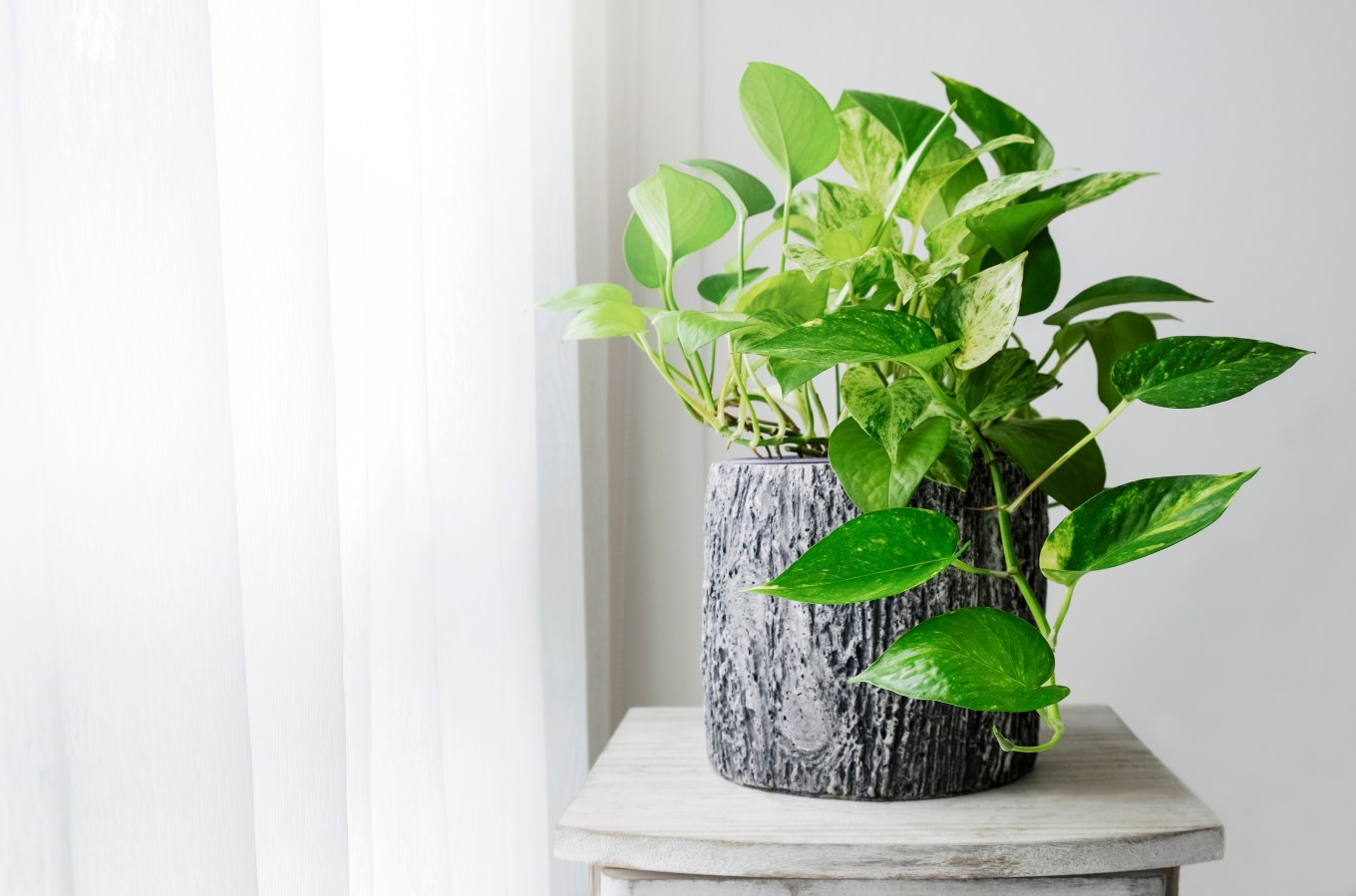
Mother-in-Law's Tongue, Sword Plant, or Snake Plant (Sansevieria). This houseplant of many names is really drought-resistant. You can water it once a month, and it grows in high or low light. “There are a lot of varieties that have cool shapes and colors," Bullene says.
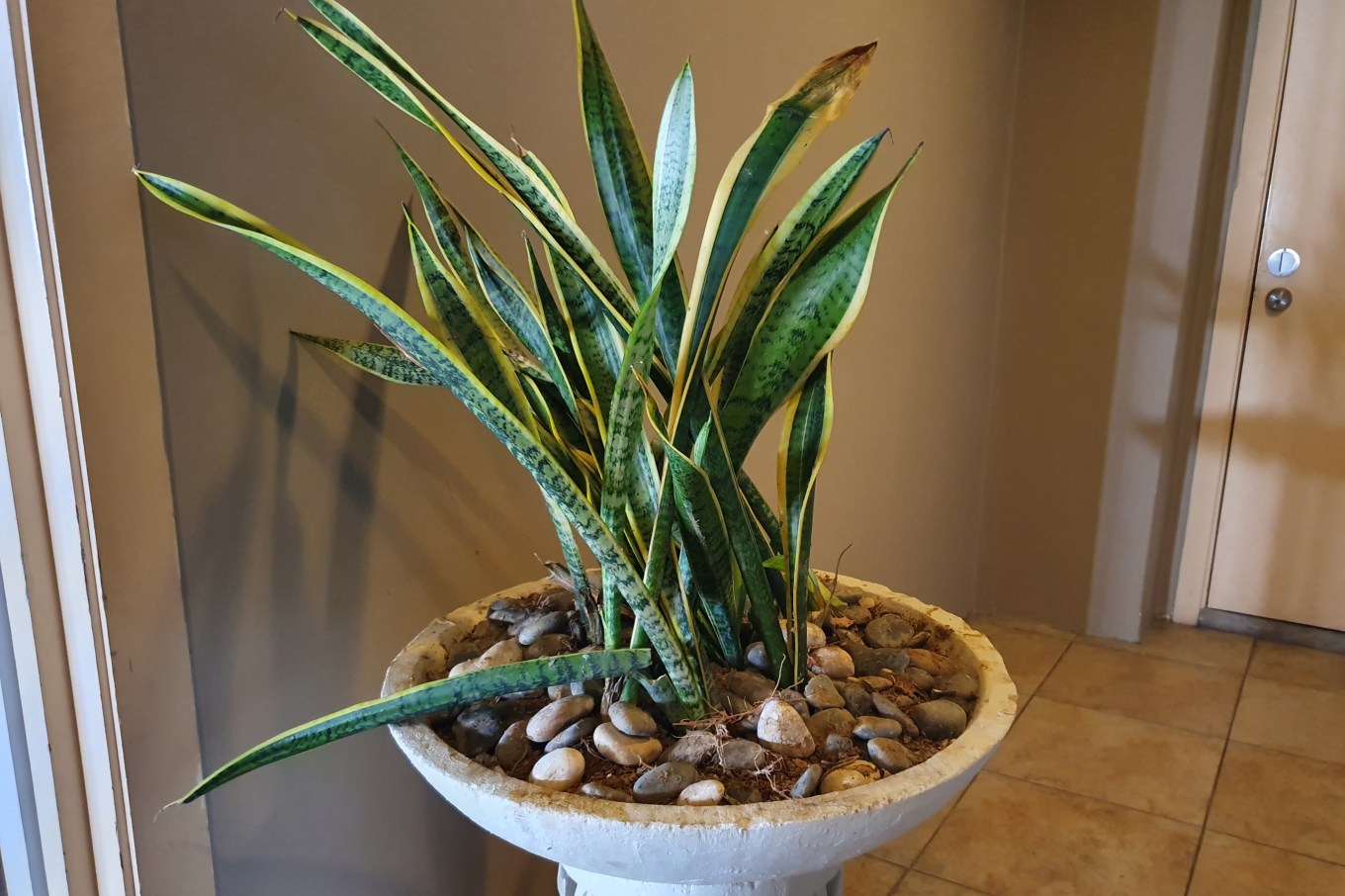
So when the weather outside is frightful, make way for some greenery and invite some friends over. Call it a Houseplant Happy Hour. You just may be surprised by how genuinely happy your greener home makes you all winter long.
Related:
